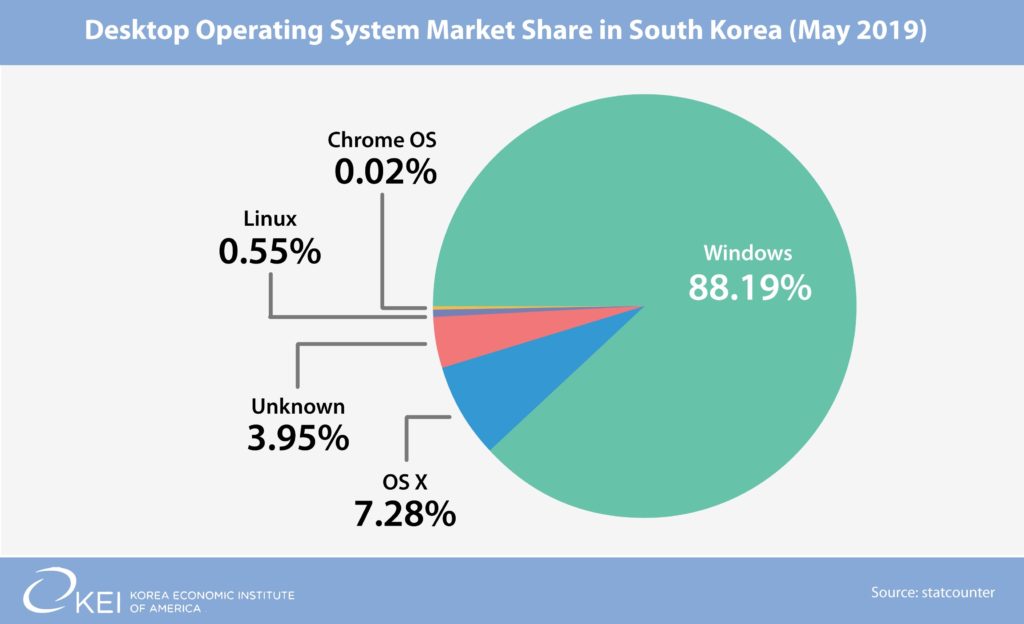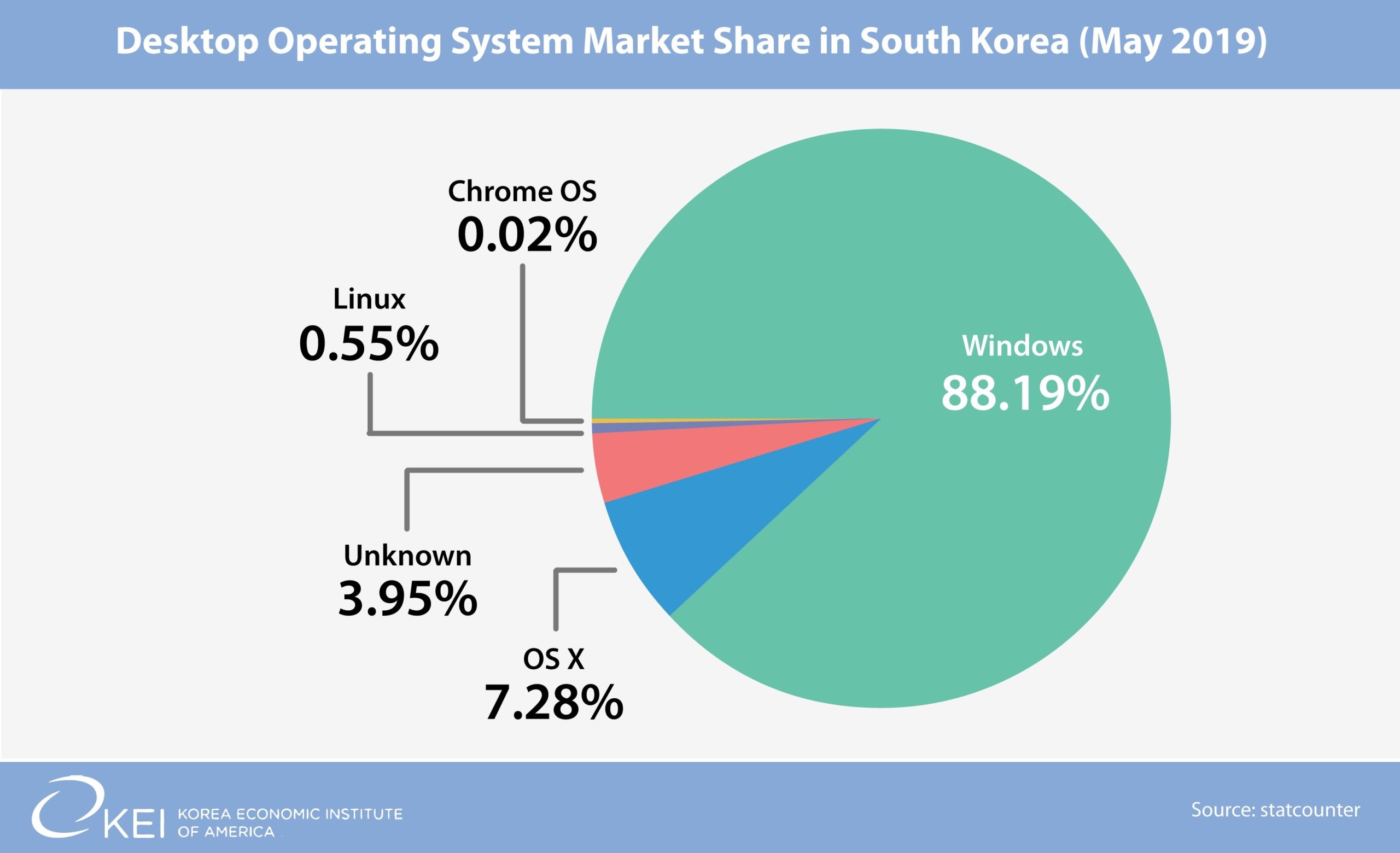The Peninsula
Will the South Korean Government’s Bet on Linux Pay Off?

By Juni Kim
The open source operating system (OS) Linux, preferred by many in tech circles but rarely used by the typical working professional, may get its biggest chance yet to prove its mainstream capability in a corporate setting. Last month, the South Korean Ministry of Interior and Safety announced plans to switch government workstations from utilizing Windows to Linux. The Ministry will first run a small launch on a private network to test security and compatibility capabilities. If the results prove successful, Linux use will be expanded throughout the government. Choi Jang-hyuk, the Interior Ministry’s Digital Service Bureau chief, indicated that the move is meant to reduce costs and dependence on a single operation system. Still, the Ministry expects the transition to cost about 780 billion won ($655 million USD).
The announcement comes in light of Microsoft’s plan to discontinue free support of its Windows 7 OS next January. While exact number of South Korean PCs using Windows 7 is unknown, it is still widely used globally despite Microsoft’s efforts to push users towards its more current OS Windows 10. The only options for continued use of Windows past the January deadline is to either pay for an update to Windows 10 or pay Microsoft for extended support for Windows 7. Microsoft outlined last Fall that continuing support for Windows 7 would cost $50 per device for the first year, and then increase to $100 and $200 respectively in each successive year.
The substantial costs of updating Windows in 2020 is likely the driving force for the Ministry’s decision to switch to Linux, which is free to use and customize. The Ministry has not yet disclosed a timetable of how Linux will be phased into the government or which specific distribution (the type of Linux-based OS, of which there are many) will be used.
The planned transition would be a significant milestone for Linux’s application as a functional desktop OS replacement. Microsoft’s Windows and Apple’s OS X have largely dominated the desktop market space, both globally and in South Korea. According to the online traffic analytics website StatCounter, Windows made up 88.19% of desktops used in South Korea in May 2019, with OS X following at 7.28% and Linux only comprising 0.55%. Despite Linux being free to use, many typical PC users ignore it due to a number of daunting factors, including the confusing variety of available distributions, perceived lack of support, compatibility issues, and unfamiliarity.

While South Korea plans to cut the Windows cord, the German city of Munich, which made its own switch to Linux in 2003, is planning its own return to Windows with the initial rollout coincidentally occurring in 2020. Munich had used LiMux, a specially designed Linux distribution, on its approximately 29,000 workstations, with a select number of PCs still utilizing Windows for specific tasks. In November 2017, the Munich city council decided to switch the municipality’s computers back entirely to Windows. The council cited compatibility issues and the problematic approach of using both LiMux and Windows side-by-side as major factors in their decision. Critics of the transition back cited that any compatibility issues could have been solved by using virtualization, which allows for a Linux PC to utilize Windows applications, and the unnecessary cost of re-implementing Windows on all workstations, which may cost upwards of €100 million in total.
Munich’s retreat back to Windows highlights the financial and production risks of using Linux, which South Korea would be wise to pay attention to. Adopting a new OS can be problematic for a workforce that is largely used to either a Windows or Mac desktop experience or using common applications like Microsoft Office, which is not available natively on Linux-based systems. Popular Linux distributions (also referred to as distros) like Ubuntu and Linux Mint can provide a user-friendly desktop interface, but whatever choice is adopted will come with its own learning curve and quirks. For an end user that is used to a particular workflow or application, this may be frustratingly disruptive as demonstrated in Munich. Robust training and IT support can go a long way in minimizing these problems, but there will likely be some growing pains during the planned transition.
The thousands of South Korean government workers using the new Linux workstations will be the ultimate judge in determining if the switch is worth it. If South Korea is successful in its implementation, the government will find itself charting new territory in showing Linux’s mainstream and cost-efficient feasibility and perhaps even prompting other large organizations to make the switch to Linux. However, if the new OS proves to be more problematic than government workers can tolerate, South Korea may end up paying a bigger bill than anticipated and even consider rolling back its Linux initiative.
Juni Kim is the Program Manager at the Korea Economic Institute of America (KEI). The views expressed here are the author’s alone. Graphics by Juni Kim.
Photo from Findy27’s photostream on flickr Creative Commons.
